Pressure difference of rising pipe of biomass boiler
When calculating the pressure difference of the rising pipe of biomass boiler, the approximate calculation method can be used: calculate in sections, calculate one section with the same structure and heating, divide the section with large difference into other sections, and calculate with the average value of parameters. Here are three steps of section division:
The hot water section shall be calculated separately. After the riser enters the furnace, the water does not boil immediately. It is necessary to determine the location of boiling point. From the lower header to the boiling point, it is the hot water section, and the single-phase flow calculation formula shall be used.
Whether the hot back section is separated. Except for the hot water section, the riser of the biomass boiler is all gas containing section. The two-phase fluid formula shall be used for calculation. After the riser leaves the furnace, it will not be heated any more. The riser from the furnace to the upper header is the hot rear section. When the length of the hot rear section is greater than 10% of the total length of the riser, it shall be calculated separately.
Gas bearing section. In the following cases, the gas bearing section shall be further segmented, and the change of heat load shall be more than 50% of the average heat load. If there is a combustion belt, the furnace bottom shall be paved with firebricks and the length shall be more than 10% of the total length of the riser. If the diameter of the pipe is changed by more than 10% or the flow section is changed by more than 20%, the difference between the angle of inclination and that of other parts of the pipe shall be more than 20%, and the length shall be more than 10% of the total length of the riser The air duct is generally not divided into sections, but when the air duct is introduced into the steam space of the drum, the height from the high point of the air duct of the biomass boiler to the height beyond the water level is the height of the lifting section, which should be calculated separately from the air duct.
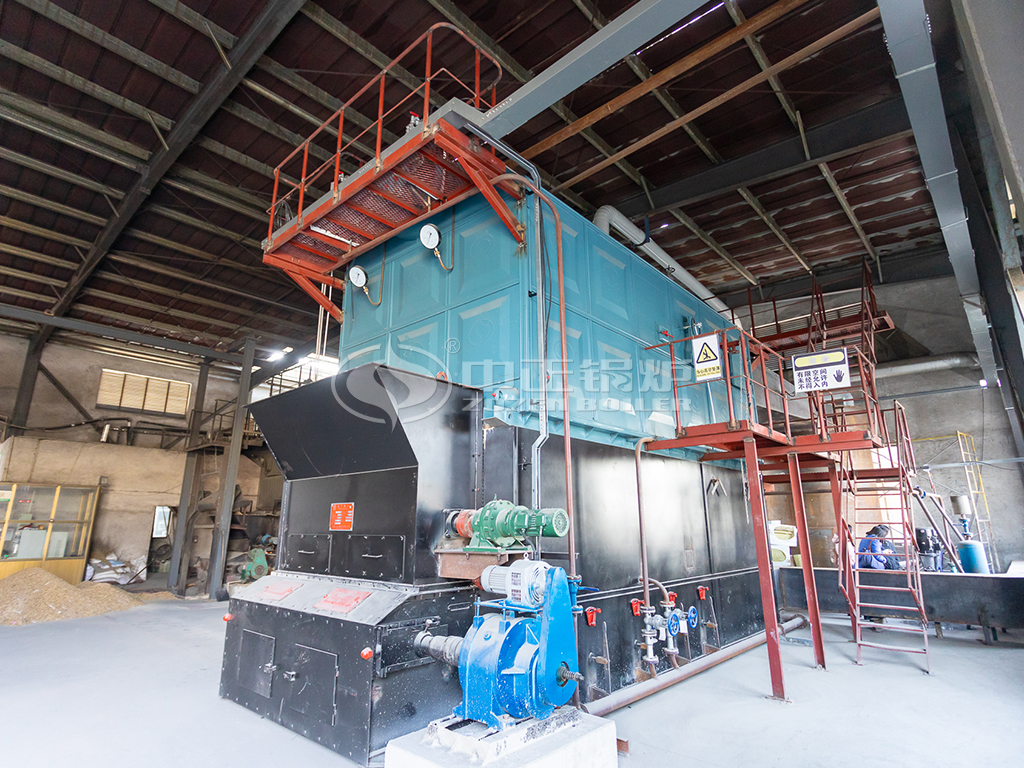
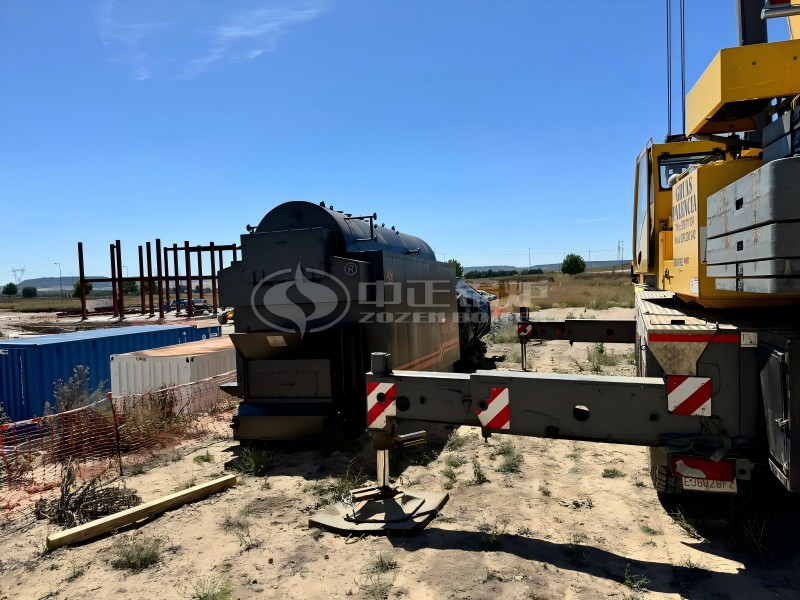
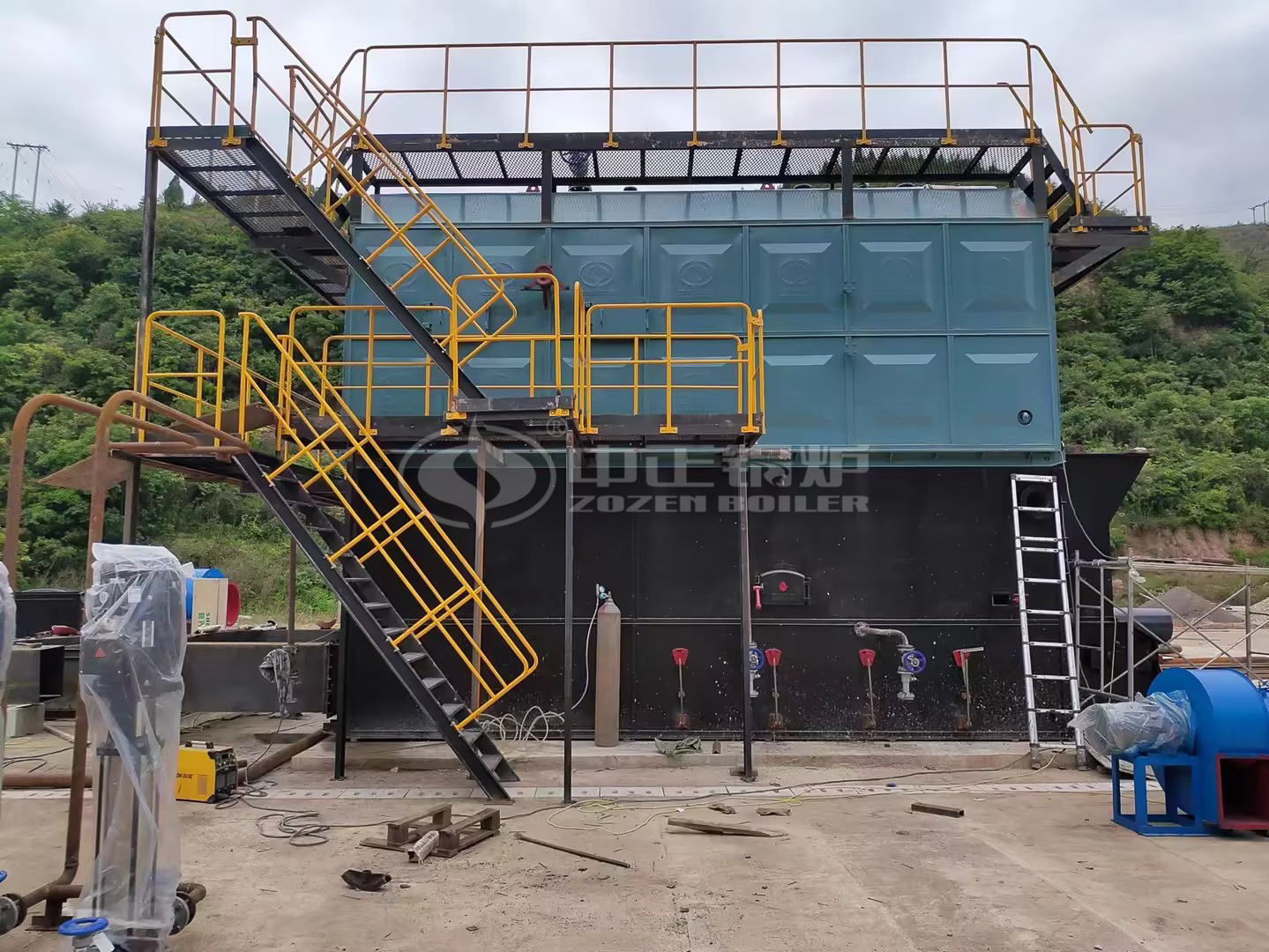
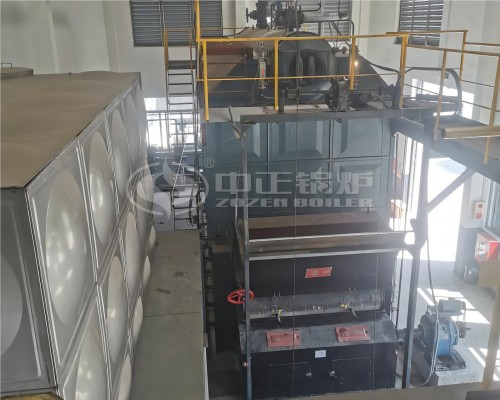
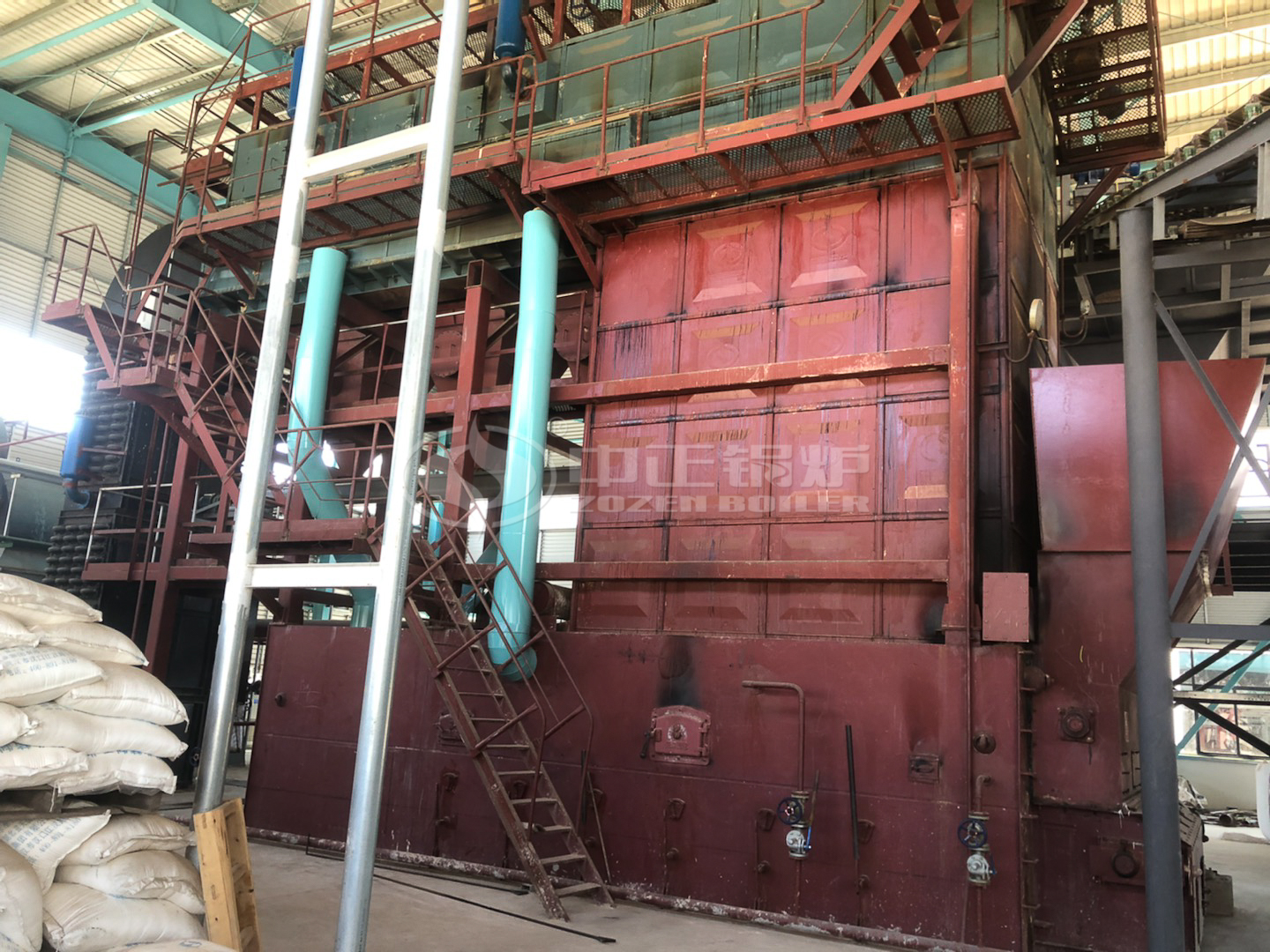
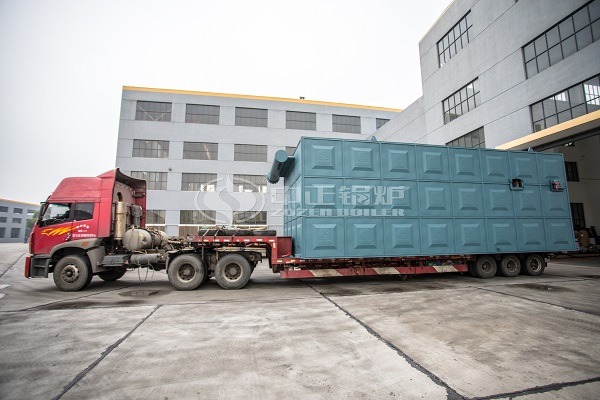
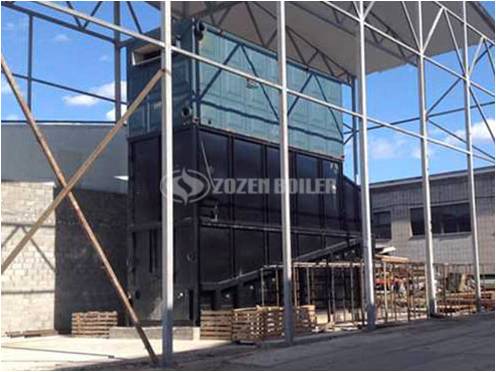
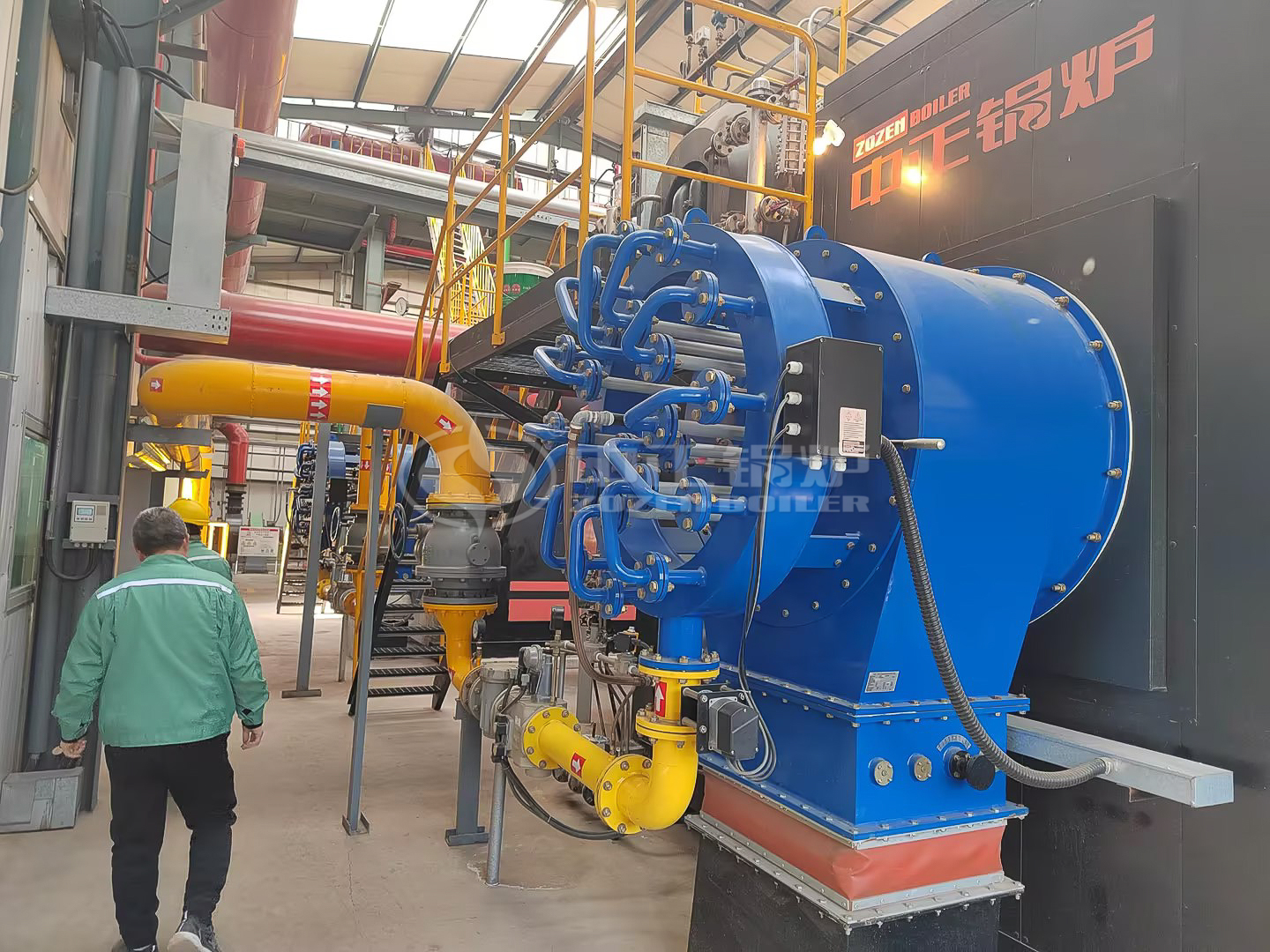
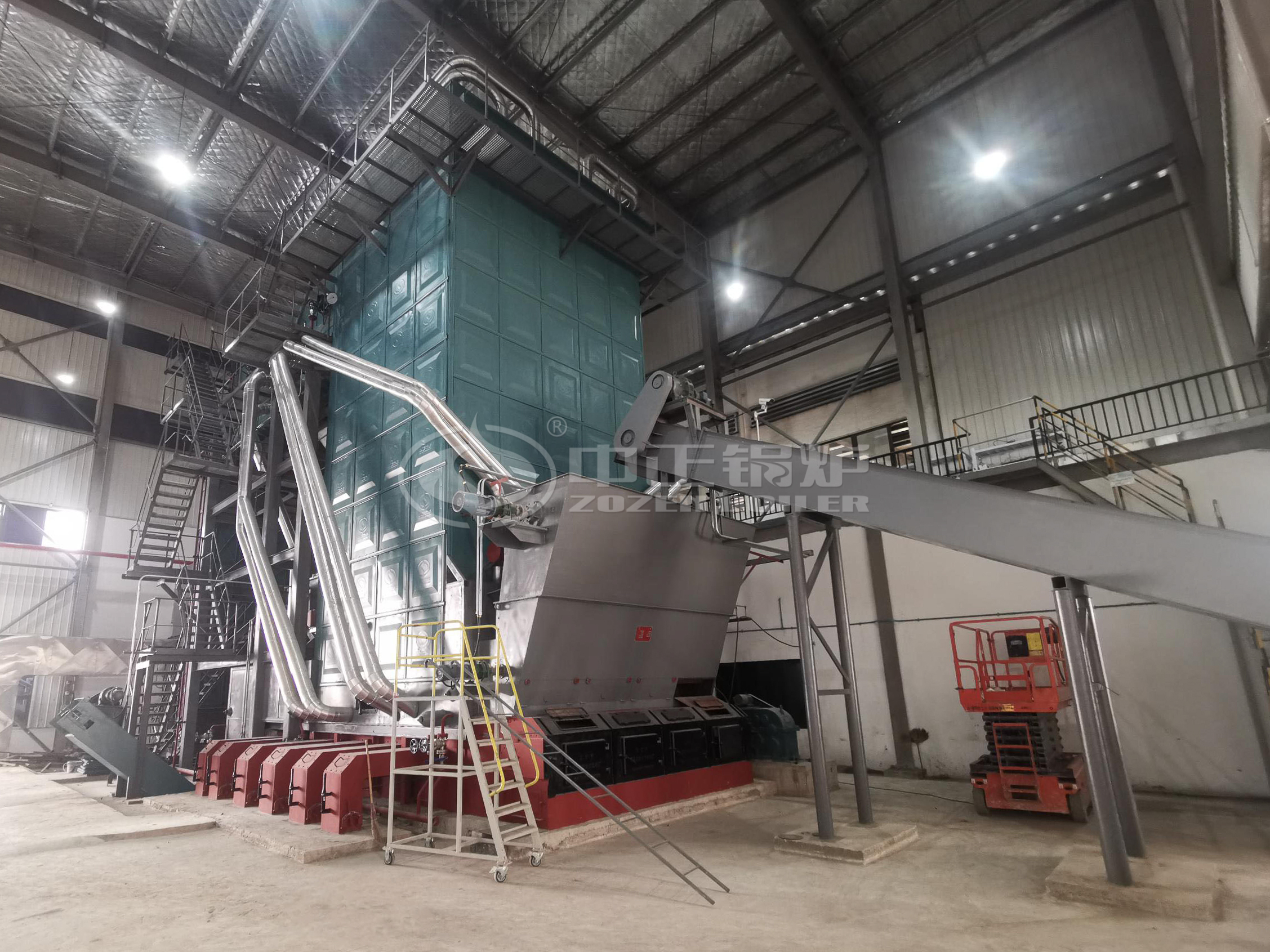
Leave a Reply